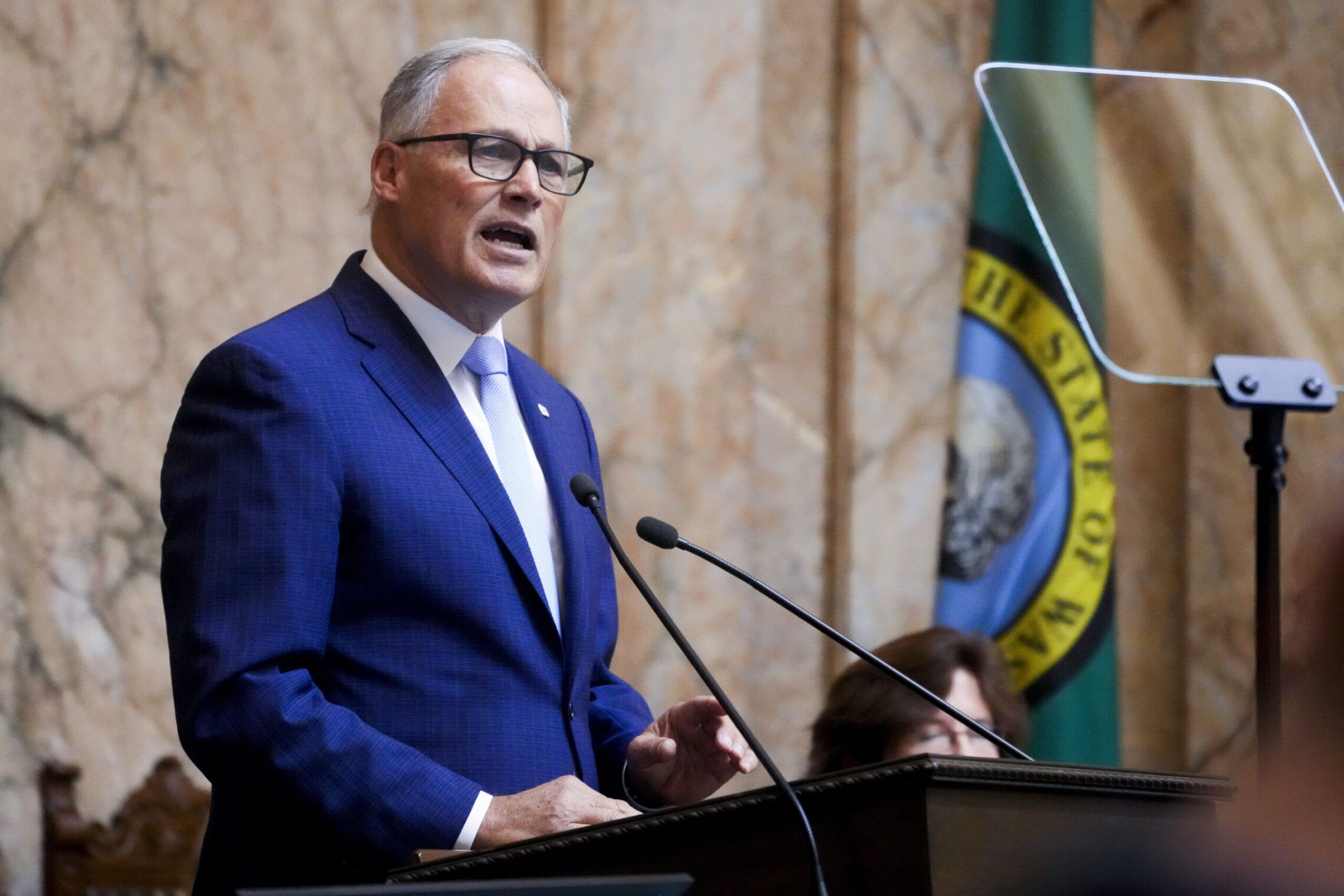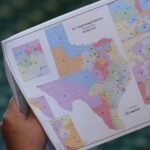

(The Center Square) – Washington state Gov. Jay Inslee has approved a revised Site Certification Agreement for the Horse Heaven Wind Farm Project in Benton County.
The project is to be located just south of the Tri-Cities, where residents and local leaders are not giving up the fight against the massive wind turbine and solar array project.
As previously reported by The Center Square, a group called Tri-Cities CARES has argued the gigantic turbines, up to 671 feet tall, will destroy landscape views, endanger a fragile species – the ferruginous hawk – and impact Native American cultural sites.
“This monstrous wind and solar project is designed to cover more than 72,000 acres, or over 100 square miles of the Horse Heaven Hills too close to over 300,000 residents,” wrote TCC.
In a Sunday Facebook post soliciting donations, the organization said it’s launching “a legal battle to prevent the Tri-Cities from being significantly impacted by the Horse Heaven Hills Wind and Solar Project.”
Benton County, the Yakama Nation, and TCC have until the end of November to file a lawsuit challenging the governor’s decision.
Based on the concerns raised and pushback from the community, the Energy Facility Site Evaluation Council, or EFSEC, made up of mostly Washington state employees, initially recommended a scaled-back version of the project from the one Inslee wanted.
“We thought that EFSEC made a good compromise, and the most objective turbines were pushed back,” said TCC’s Dave Sharp in a September interview with The Center Square.
But then Gov. Inslee resisted the tailored recommendations, telling EFSEC that any scaling back of the project should be balanced with prioritizing “the state’s pressing clean energy needs.”
Much to the dismay of community members and local officials opposed to the project, EFSEC revisited and reconsidered some of the original objections related to buffer zones around former nesting sites for the endangered hawk where turbines could not be located and the protection of Native American sites.
The council ultimately gave Inslee most of what he wanted.
In an Oct. 18 letter to EFSEC, Inslee wrote, “After considering the record, I find that the Council evaluated this application in a manner consistent with the statutory requirements and intent of Chapter 80.50 RCW, and I concur with the Council’s recommendation to approve the application. In addition, I find that the Council carefully considered both the environmental impacts of the project and its consistency with the land use plans and ordinances in effect in Benton County.”
In the approved plan, the buffer for “viable” hawk nests was reduced from 2 miles, down to six-tenths of a mile.
Also included in the agreement are a 1-mile buffer around Webber Canyon and a quarter-mile buffer around historic fire sites – that is, areas where there have been fires in the past.
EFSEC told The Center Square the revised plan would remove approximately 38 of 222 Option 1 Turbines or approximately 26 of 147 Option 2 Turbines. The differing options for turbines depend on their height.
The project developer, Scout Clean Energy, had a mixed reaction to EFSEC’s revisions after Inslee’s pushback.
“EFSEC’s revised decision offers a pathway to restore wind turbines and solar arrays but fails to address its flawed process for doing so, which involves the unprecedented step of subjecting substantive pre-construction decisions about the siting of project infrastructure to an outside group that will not be convened for several months, leading to further delay and continued uncertainty,” said a Scout spokesperson in a Sept. email to The Center Square.
Scout did not respond to requests for comment on Inslee’s final approval, but the company has until the end of the month to officially respond to EFSEC.
Inslee’s final decision letter made clear he hopes to avoid further project delays.
“I cannot help but comment on the bigger picture: We will not meet our state’s urgent clean energy needs if the path to a final recommendation from the Council spans multiple years and contains conditional micro siting process requirements that further prolong final siting approval for a significant portion of the primary project components,” Inslee wrote. “Timely and efficient action by the Council is essential to our mission to mitigate the impacts of climate change and provide adequate green energy alternatives.”
In the meantime, Rep. Mary Dye, R-Pomeroy, has opposed the project from day one and now intends to support legislation that would require solar and wind projects to seek permitting through EFSEC to receive approval from the affected county commissioners and tribes before they can reach the governor’s desk for final approval.
“For too long, the system has been broken, disempowering local communities and undermining the hard work of county commissions, professional planning staff, and local citizens,” Dye said in a Sept. email to The Center Square.
She went on to say, “One man, Gov. Jay Inslee, is dictating the outcome for everyone – EFSEC, our local communities, and all Washingtonians – as if he were emperor. This is not how democracy should function.”






